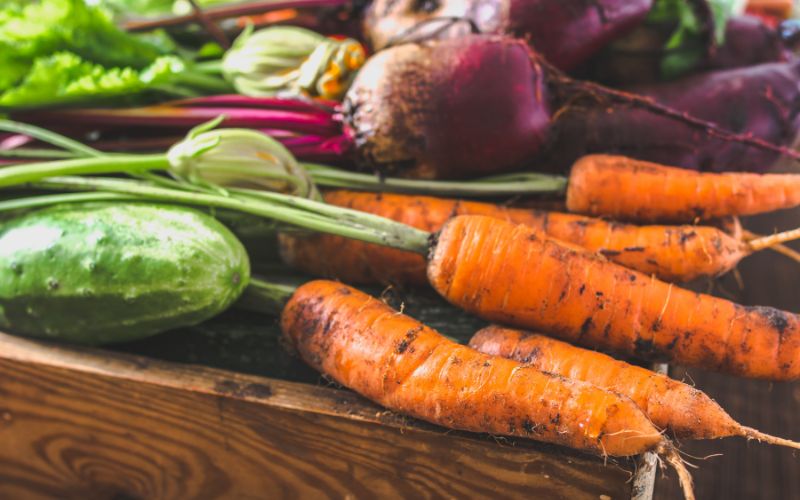Home gardening is popular all over Southern Florida. It’s a fantastic way to connect with nature, improve your mental health, and promote clean eating habits. Growing vegetables at home isn’t just about producing your own food; it’s about taking charge of your health, spending time outdoors, and learning about the incredible power of nature.
Following these five tips to grow and cultivate quality vegetables at home will offer multiple benefits. By selecting the right seeds and understanding your soil and sunshine, you will become a proficient home gardener.
Choosing the Right Vegetables
When choosing vegetables for your home garden, select what you and your family enjoy eating. Also, consider the available space: some vegetables, like artichokes, require a lot of room to grow, while radishes and carrots take up very little space.
Think about how much time you can dedicate to your garden. Some vegetables, like corn and broccoli, require frequent watering and attention, while potatoes and onions are relatively low-maintenance.
Planting the Seeds
Planting involves careful consideration of the right time to plant, which varies depending on the plants and the SoFlo climate. You should plant cool-season vegetables—broccoli, cabbage, and kale—in early spring or fall, while warm-season plants—tomatoes, peppers, and cucumbers—thrive with a late spring or early summer planting.
Pest Control
Pests can significantly damage your vegetable garden, so you should know how to keep pests out of your garden. Companion planting can be an effective pest control strategy because some plants, such as marigold flowers, naturally repel pests. Regularly inspect your plants for signs of pest infestations, and deal with them immediately to prevent them from worsening.
Regular Watering
Watering your garden is not just about quantity but also timing. For most vegetable plants, the best time to water is early morning. This allows the water to seep into the soil and reach the roots without evaporation. It also ensures the plant’s foliage is dry before nightfall, reducing the risk of fungal diseases.
Timely Harvesting
To achieve the best flavor and nutritional value, you should understand the right time to harvest your vegetables. Each plant variety has its own set of indicators for maturity, and understanding them is key to successful harvesting. Root vegetables, like carrots and beets, are ready to harvest when they have reached the desired size. Color is a great indicator of ripeness for tomatoes, peppers, and cucumbers.
Growing and cultivating vegetables at home can be a fun and fulfilling activity that allows you to spend quality time outdoors. Not only do you enjoy fresh produce, but you also have the satisfaction of knowing exactly where your food comes from. Follow SoFlo vegans to learn more about a vegan lifestyle and how to experiment with cultivating vegetables to bring more joy into your life!

Help Us Continue to Grow
Take any of the following actions to stay involved and help us reach our goals. Subscribe to our newsletter, follow us on social: Facebook, Facebook Group, Instagram, Twitter, Meetup, and Linkedin. Subscribe on YouTube and help us reach 1,000 subscribers.

